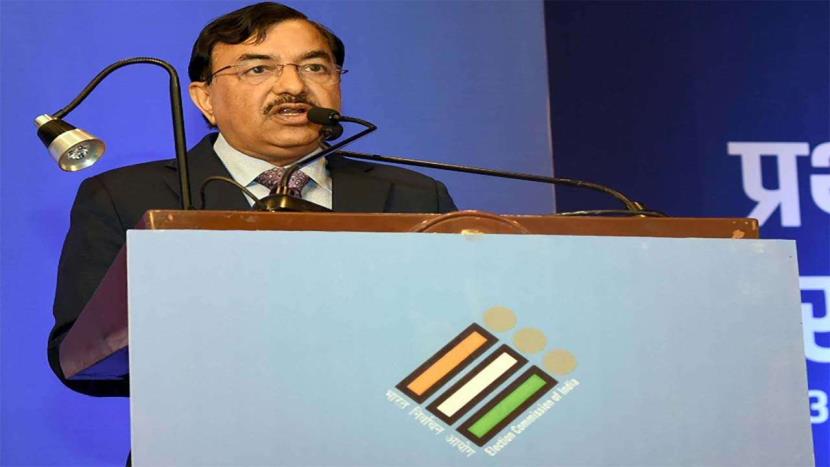NEW DELHI : Key member of the Delimitation Commission and Chief Election Commissioner (CEC) Sushil Chandra has said that the delimitation process in Jammu and Kashmir will be completed by May 6, adding that the decision of election will be taken after review.
The Delimitation Commission has been tasked to redraw boundaries of assembly and parliamentary constituencies in Jammu and Kashmir.
The Commission on Monday published its proposals for delimitation of assembly and parliamentary constituencies in Jammu and Kashmir.
The draft report of the Delimitation Commission has been placed in the public domain for suggestions till March 21, following which the panel will visit the Union Territory for public hearing.
The report published in the gazettes of India appeared in local newspapers on Monday and showed that Habba Kadal seat in Kashmir division and Suchetgarh seat in Jammu province had been restored.
While the draft report agreed to restore the above mentioned two assembly seats, objections on other issues from political parties did not find any mention in it.
The commission published the proposal, maintaining the number of Lok Sabha constituencies at five but increasing the assembly seats from the present 83 to 90 (adding six in Jammu and one in Kashmir).
The detailed proposal also carried two dissenting notes signed by four of the five associate members – three National Conference Lok Sabha MPs (Farooq Abdullah, Hasnain Masoodi and Mohammad Akbar Lone) and BJP MP Jugal Kishore. Union Minister Jitendra Singh is the fifth associate member of the Commission.
Delimitation is the process of “fixing limits or boundaries of territorial constituencies in a country or a province having a legislative body”.
While the delimitation process sounds simple, it has had a contested history in the country.
Article 81 of the Indian Constitution says that seats in the Lok Sabha should be allocated among the different states in such a manner that, “the ratio between that number and the population of the state is, so far as practicable, the same for all States”.
As to the territorial constituencies in each state, the Constitution says they shall be divided “in such manner that the ratio between the population of each constituency and the number of seats allotted to it is, so far as practicable, the same throughout the state”.
